4 Day Snæfellsnes & South Coast
Duration
4 days
Max People
50
Min Age
12+
Pickup
Airport
Overview
During this four days excursion we will explore the most famous locations in the Golden Circle and the South, and the West. See our stunning glacier lagoon Jökulsárlón, Europe’s largest glacier, and travel to one of the most visually stunning areas of Iceland’s Snæfellsnes peninsula.
Tour Plan
On the morning of the tour, we will start our adventure at 8am in Reykjavík. Once everyone boards the minibus, we will start our adventure towards Snæfellsnes, a beautiful volcanic area, in the west of Iceland.
Ytri Tunga Beach and Seal Colony
Ytri-Tunga is a sandy beach that has a little secret hidden away down by the sea, behind the farmhouses… a seal colony! Seals love to spend their time on the rocks of this beautiful beach. They are friendly and curious and will climb up on the rocks for you to spot them from a distance.
Búdakirkja: the Black Church of Búdir
On the south coast of the peninsula, there’s a village with only a hotel and a tiny black church called the Búðakirkja that sits alone among a field of lava rocks. Búdakirkja was built on the spot in 1703 and reconstructed in 1987 after a claim by a single member that lobbied to have it back. It has a historic graveyard, a bell and chalice from the time it was erected. It is a listed building, owned by the National Museum of Iceland, but it is in the care of the Búdir parish. Without a doubt, this picturesque chapel has a romantic air about it and is a real attraction to the site.
Arnarstapi Fishing Village
This tiny fishing village has picturesque coastal cliffs which derived from glowing magma hitting the wild waves of the Atlantic. Known in Iceland as the most beautiful harbor of the country. Thousands of years later erosion has formed beautiful stone arcs and a remarkable marine geyser. Enjoy a walk along the coastline while your guide tells you all about Bárður, half-man half-troll, and his misdeeds in the area.
Lóndrangar and Basalt Cliffs
The Lóndrangar are a pair of rock pinnacles in Iceland and are remnants from a bigger crater which has mostly eroded away. Looming over the entire southern coastline, Lóndrangar, a set of 75-meter high basalt pinnacles set the tone for what’s to come. They host a variety of seabirds, northern fulmars and puffins, and others.
Djúpalónssandur
A beach of black volcanic sand and stones where for centuries Icelandic fishermen rowed out to the fertile fishing grounds of the Atlantic ocean. Still today we find the so-called “lifting stones” which fishermen of yore used to test out their strength and prove themselves worthy of the physically straining life of Atlantic rowboat fishing. You can try to lift them yourself! In 1948 a British fishing trawler stranded on the sand reefs of Djúpalónssandur. Five men perished while 14 were rescued by local rescue squads. The remains of the ship are still there, strewn across the beach as an eerie reminder of the awesome power of nature.
“The Church Mountain” Kirkjufell and Kirkjufellsfoss Waterfall
This iconic narrow mountain has become the landmark of Snæfellsnes in recent years. It became famous after being presented as the “Arrowhead Mountain” on Game of Thrones. The erosive powers of the glaciers during the last ice age about 12,000 years ago gave this mountain its shape. Due to this unique look, it is one of the most photographed sights in Iceland and just across you will see the beautiful waterfall Kirkjufellsfoss which completes your perfect shot of the mountain. There are numerous vantage points for the perfect photograph.
-
-
-
On our second day, we will drive a little to the East to explore the most visited route in Iceland - the Golden Circle.
Geysir Geothermal Area
The Geysir geothermal area hosts many colorful hot springs. One called Strokkur is a geyser, which erupts every 5 minutes up to 35 meters. It was named after “Geysir” the original erupting hot spring, that gave all the geysers in the world their name, however extinct today.
Gullfoss Waterfall
The melting water from Iceland´s second biggest glacier, Langjökull, falls into a deep canyon forming the majestic “Golden Falls”. On a sunny day, you can see the glacier Langjökull in the distance and enjoy a rainbow in the mist of the waterfall, a photo blockbuster waiting to happen!
Thingvellir National Park
We visit the place where the two tectonic plates, the North American and the Eurasian plate, are moving away from each other. Few places in the world offer a better and clearer view of this massive geographic activity. The biggest natural lake in Iceland is also located at Thingvellir National Park and hosts a great variety of fish and bird life. Thingvellir is also an important place for Icelandic national history. as Icelanders founded here their parliament in 930 AD where the chieftains had their annual meeting every summer. The name “Thingvellir” translates to “Parliament Plains”.
-
-
-
-
Get ready, we are going to Iceland's second most famous route - South Coast. In the south of Iceland expect to find loads of waterfalls, black sand beaches, and glaciers!
Seljalandsfoss Waterfall
Upon arrival you will enjoy the powerful theatrics of Seljalandsfoss. Bring a raincoat and you’ll be able to make the short hike behind the falls. The scene behind the fall and the trembling ground from the power of the falling water makes for an automatic photo blockbuster!
Skógafoss Waterfall
Further east along the coast is Skógafoss waterfall. Skógafoss is an incredibly picturesque sight: tucked in a little gorge, the river Skógá tumbles down a 60 meters cliff before continuing down the landscape towards the Atlantic Ocean. Alongside the gorge, a staircase can take you to the shelf above the waterfall for stunning views.
Ice Cave tour on Vatnajökull Glacier
Starting from October until April, you can embark on an incredible glacier hike and explore the fascinating blue ice cave. With the guidance of your expert tour guide, you will gain valuable insights into the ice cave and its mesmerizing natural wonders. This experience will enable you to fully appreciate and marvel at this extraordinary phenomenon.
-
Jökulsárlón Glacier Lagoon
Jökulsárlón is a 200m deep glacier water lagoon fed by the melting of Breiðamerkurjökull, an outlet glacier of Europe’s largest glacier Vatnajökull. Enormous icebergs also fall from Breiðamerkurjökull all year round so the lagoon is usually filled with ice blocks that floats South.
The Glacier Lagoon
Jökulsárlón is a large and stunning glacier lagoon located in Southeast Iceland, where water flows out from a massive glacier and into the lagoon, creating a mesmerizing landscape of crystal-clear blue water and floating icebergs. The lagoon is also surrounded by black sand beaches and towering mountains, making it a popular destination for photographers and nature lovers alike. The Glacier Lagoon is truly a natural wonder and a must-see destination for anyone visiting Iceland.
Diamond Beach
On the other side of the road, the icebergs from Jökulsárlón glacier lagoon float into the Atlantic Ocean where they are quickly thrown back to shore by the tide and winds. This black sand beach is full of smaller ice blocks in all shapes and sizes, sparkling like diamonds in the daylight. The ice itself comes in all shades of white and blue forming beautiful contrasts.
Reynisfjara Black Sand Beach
We visit the Black Sand Beach of Reynisfjara where the Atlantic coastline presents massive waves hitting the unique basalt pillars in the cliffs above the sand. The cliffs of Dýrhólaey are seen in the distance. This area of the south is also a paradise for bird lovers, as puffins, razorbills and dozens of other species nest on top of these cliffs in the summertime.
Back to Reykjavík
We will then start heading back to Reykjavik and are expected to arrive around 8pm, though this may be subject to change depending on weather and road conditions.

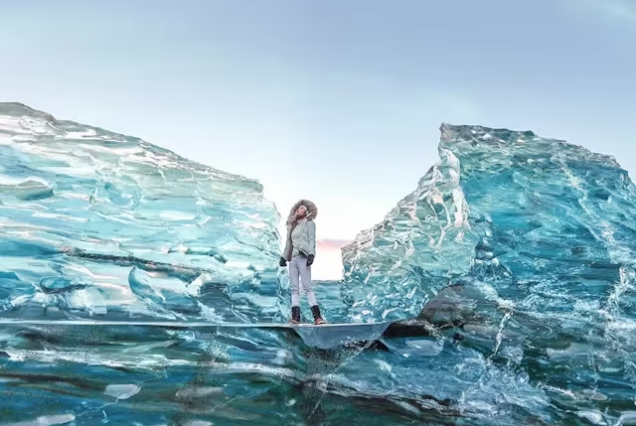
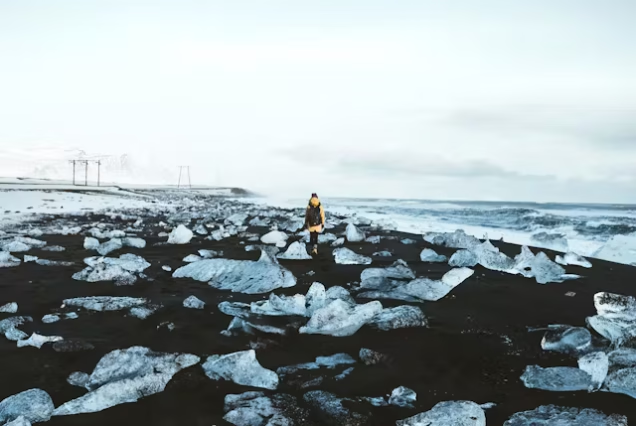
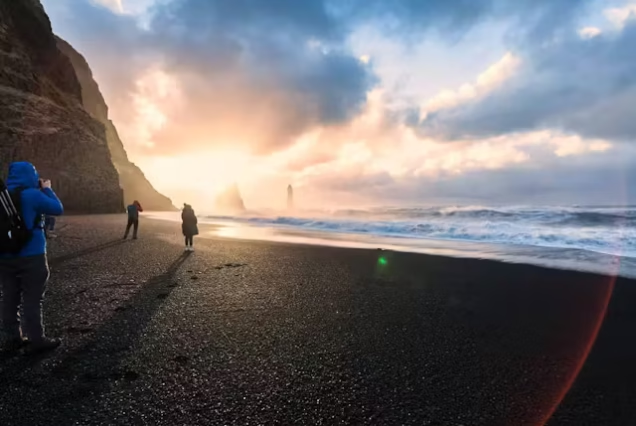
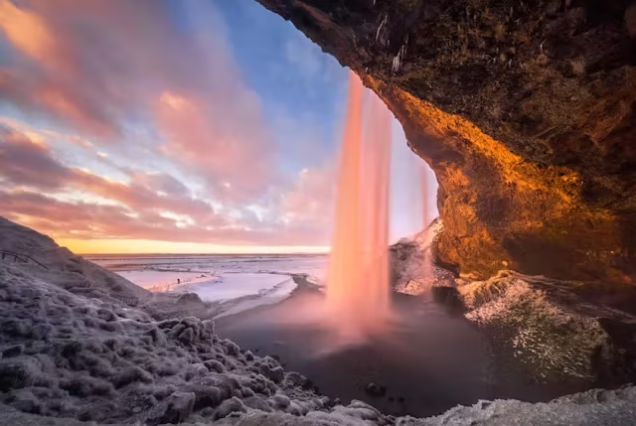
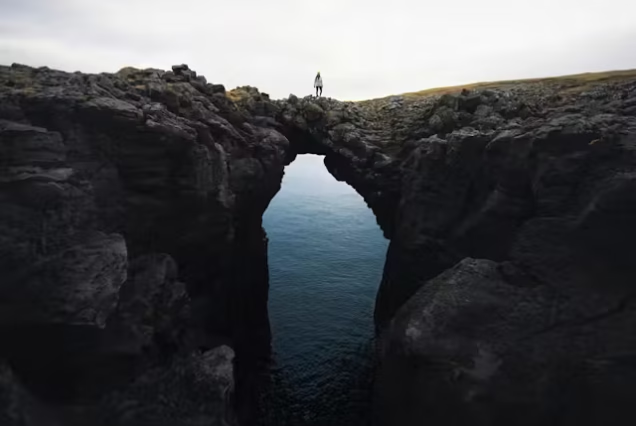
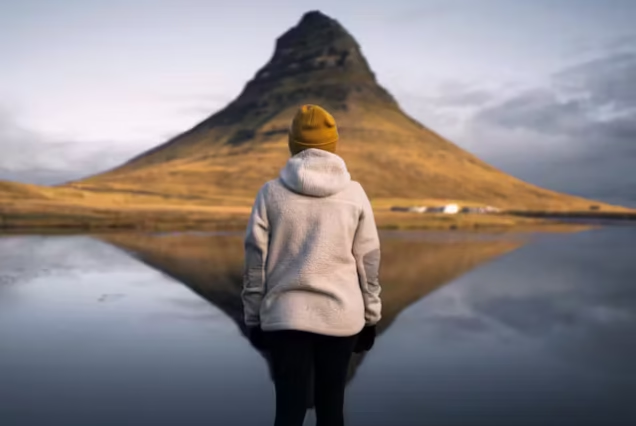
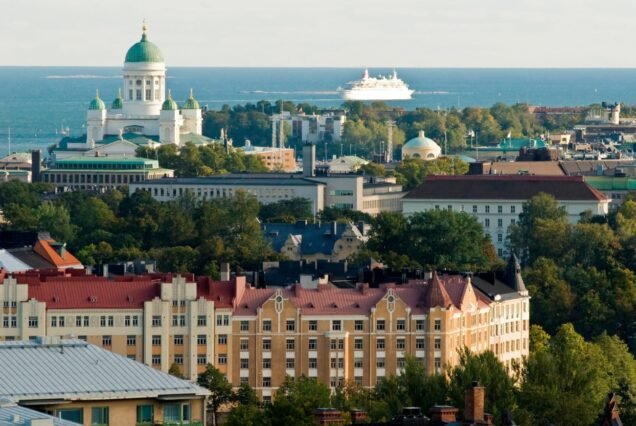
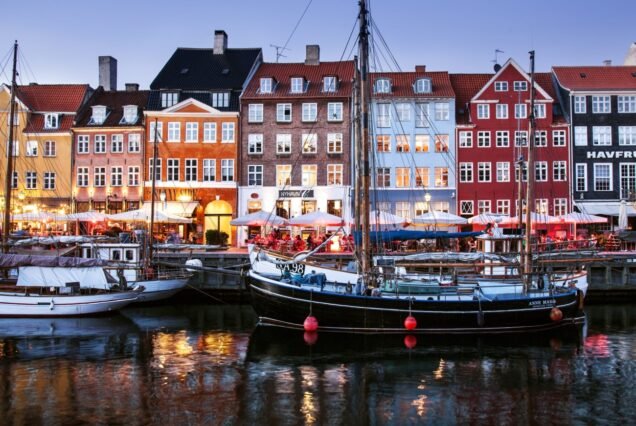
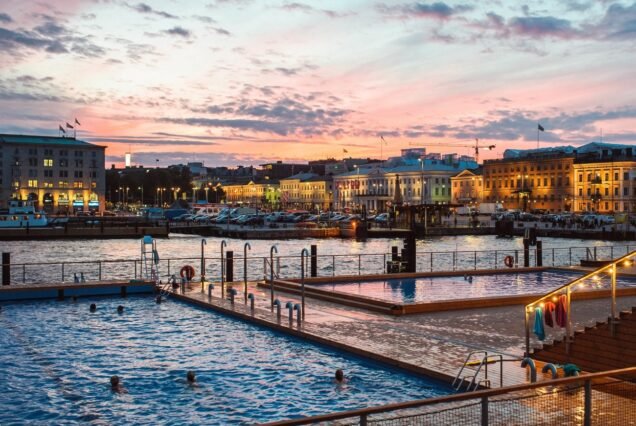
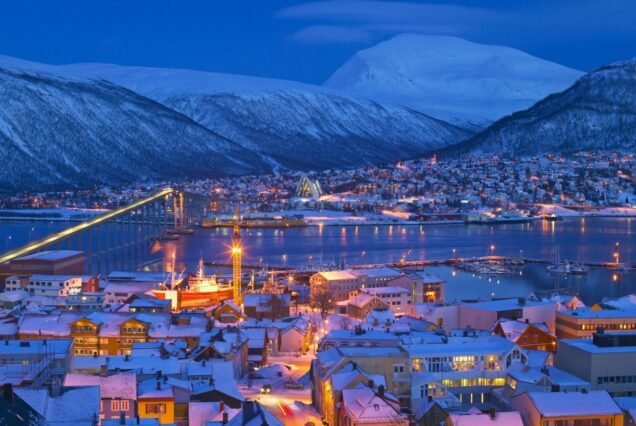








Reviews
There are no reviews yet.